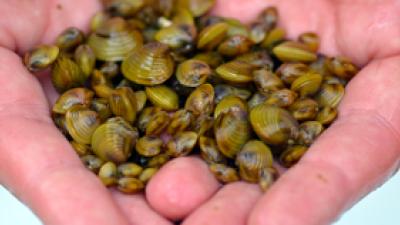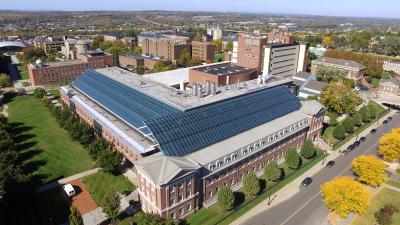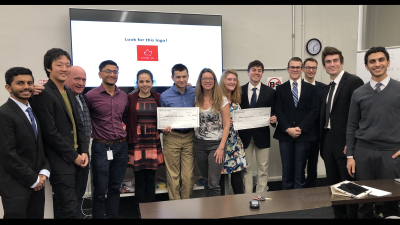Rensselaer and Hudson Valley FLL To Host FIRST LEGO League Robotics Tournament
What does it take to live on a space station or travel to another planet? That’s what 12 elementary and middle school afterschool LEGO Robotics teams from the Capital Region have been working together to figure out. They’ll take part in the annual Hudson Valley FIRST LEGO League Regional Qualifying Tournament at Rensselaer Polytechnic Institute on Saturday, Dec. 15.









